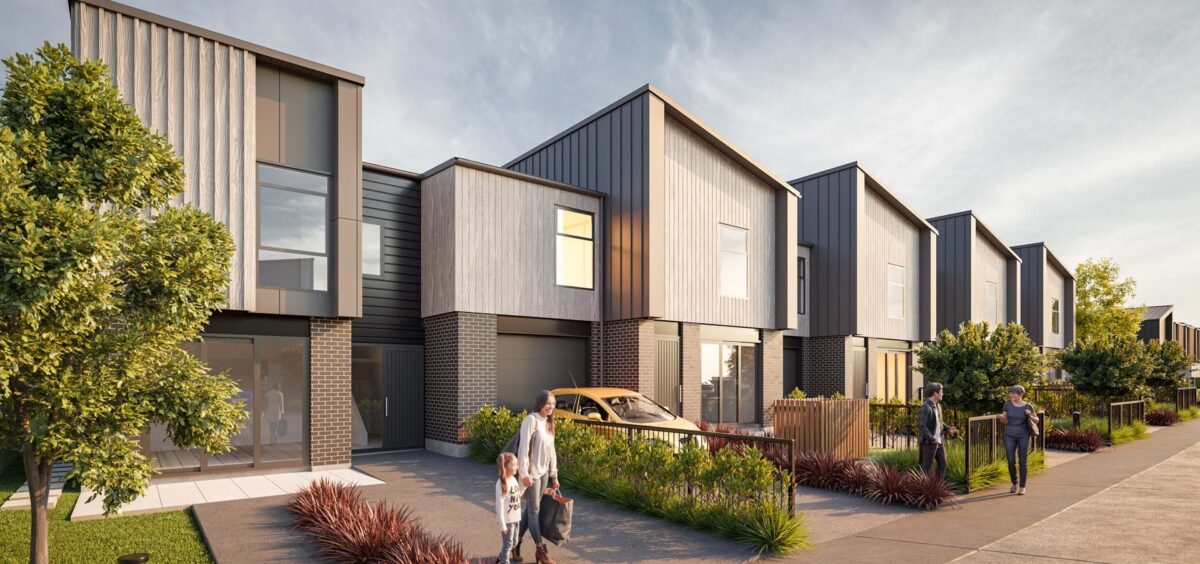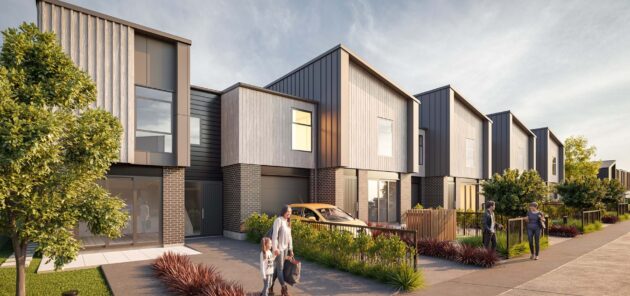Don Brash was Reserve Bank Governor from 1988 to 2002, and National Party Leader from 2003 to 2006
Earlier this month, writing in the New Zealand Herald, Anne Gibson reported that the Prime Minister had said that the Government is “determined to address housing affordability” and was “using all the tools available”, such as changes to tax settings, supporting first-home buyers and increasing supply. “We cannot afford to see year on year these dramatic [price] increases.”
Well no, we “cannot afford” to see year on year price increases of the kind we’ve seen every year since the Labour-New Zealand First Government came to power in 2017, or even the only slightly lower increases of the preceding National Government. The reality is that for more than two decades house prices have been rising faster than incomes in New Zealand, pushing home ownership further and further out of reach for a significant fraction of the population while greatly enriching those who, by hard work or good luck, owned their own homes before this rapid price escalation began.
In Auckland house prices have now reached an average of $1.5 million, while Barfoot & Thompson, Auckland’s largest residential property dealer, reports that the median house price for Auckland in December reached $1,235,000, up 22.9% on a year earlier.
I noted in my last post that these very high house prices – equivalent to some 11 times the median household income in Auckland – were the main reason why New Zealanders enjoy the fourth-highest level of wealth per capita in the world.
Since that post, I have read two articles relevant to the subject. The first was a major piece in the New Zealand Herald, again by Anne Gibson, under the headline “Power List: New Zealand’s 7 busiest builders”. This article described the number and average price of the houses built by each of the seven largest home builders in New Zealand. I was agreeably surprised.
The largest builder in the year to October 2021 was GJ Gardner Homes. Over the 12 months, that firm built 1643 homes, with an average size of 189 square metres, at an average price of $$456,506. The second-largest, Williams Corporation, built 761 homes, with an average size of 69 square metres, at an average price of $141,164. By chance, the other five builders all sold homes within that size and price range during the 12 months.
My initial reaction was positive – those prices seemed to be eminently affordable for the average household. But of course, almost immediately I realised that those prices did not include the land on which the homes were built. And as I and others have pointed out repeatedly, it is not the price of houses that is ridiculous in New Zealand but the price of the (often tiny) plots of land that they sit on which is utterly absurd.
That land price is to a very large extent within the control of the Prime Minister because it is not the free market that drives that price but regulatory intervention. She has quite explicitly refused to do anything about it.
In 2017, after the new Labour-New Zealand First Government was sworn in, the Government laid out its plans for the Parliamentary term in the Speech from the Throne, as is customary at the beginning of every new Parliament. Included in that Speech was a very explicit commitment to abolish the Metropolitan Urban Limit which is the sole explanation of the ridiculous price of urban sections in Auckland (and therefore, to a large extent, in the rest of the country as Aucklanders flee in the hope of finding cheaper accommodation elsewhere). She has now reneged on that promise, and on the contrary, has promised not to abolish that boundary.
So when she claims to be doing everything possible to make housing more affordable, what she really means is that she’ll do everything possible but most of all avoid any fall in house prices – though how houses can be made more affordable without house prices falling is one of life’s great mysteries.
Perhaps reneging on her promise had some higher motive, like protecting the environment from the consequences of urban sprawl. But as I argued in my last post, it is by no means obvious that allowing the suburbs to spread a bit further would have a serious environmental impact. Indeed, high rise apartment buildings – made of concrete and steel, requiring 24-hour lighting and elevators, often involving air-conditioning systems and certainly requiring electric clothes dryers rather than an old-fashioned clothes-line – almost certainly have a more adverse impact on the environment than “sprawling suburbs”.
I also quoted a study done a few years ago by Energy Australia and the New South Wales Department of Planning which found that energy consumption per person in high-rise apartment buildings was almost double that in stand-alone houses.
The second article I’ve read since my last post was entitled “Sprawl is good: the environmental case for suburbia”, published on 30 November 2021 by the Breakthrough Institute in the US. It strongly confirms my view that high-rise apartment buildings use vastly more energy than stand-alone houses (per occupant), and argues that US experience suggests that there is much less to be gained in terms of vehicle miles travelled than might be expected from increased urban density. It also argues that dense cities have more air pollution and fewer trees than suburbia, and are also more prone to spreading infection – as has surely been demonstrated during the current pandemic.
Are there any hopeful signs? No signs at all that the Government might see sense but there are three factors that may at least slow down the escalation of house prices.
First, in recent months there has been a very high level of new building consents issued – indeed, November saw 4,688 new homes consented, the highest number for any month in our history. Even in terms of building consents per 1,000 residents, the number is getting to a respectable level. So increased supply may begin to take the edge off prices.
Second, people are suddenly waking up to the effect of the Credit Contracts and Consumer Finance Act, a piece of law that came into effect at the beginning of December. This law imposes draconian penalties on the directors and senior managers of any entity lending money – a bank or other money lender – if it can be shown that servicing a debt would impose any hardship on a borrower.
So of course, we are getting media reports of would-be borrowers being turned down when requesting a mortgage because the bank feels that servicing that mortgage might put the borrower under financial pressure, or in some way restrict their normal spending pattern. It is not enough for the would-be borrower to have calculated that he or she can afford to service the debt, or even for the bank to feel confident that the borrower could service the debt. The bank has to feel confident that the debt can be serviced without putting undue pressure – in the bank’s view – on the borrower.
It is, frankly, nuts, but it is now the law and is already reducing the amount of mortgage lending by the banking system. That will also tend to reduce upwards pressure on house prices.
And third, as inflation continues well above the inflation target mandated by the Government, the Reserve Bank is certain to continue raising the Official Cash Rate, with the result that mortgage loans will increasingly cost more. That too will dampen house prices.
We may, at last, see house prices grow more slowly, or even fall somewhat, as several commentators are now suggesting. But they certainly don’t look like being remotely affordable any time soon.


